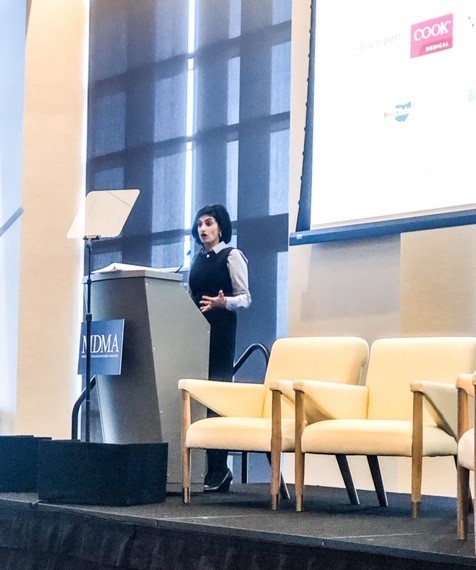
On May 2, CMS Administrator Seema Verma announced the Trump Administration’s “comprehensive strategy” to foster innovation for and improve patient’s access to transformative medical technologies. The strategy, detailed by Administrator Verma in a speech at the Medical Device Manufacturers Association (MDMA) Annual Meeting, is based on two specific changes related to coding. CMS says that these two actions “represent key components of a comprehensive CMS strategy to address barriers to medical innovation in the Medicare program.”
First, under the Healthcare Common Procedure Coding System (HCPCS), CMS is expanding opportunities for manufacturers to apply for Level II codes, which had stood at one per year. For drugs that are usually not self-administered, CMS will award J-codes on a quarterly basis, and for devices, they will award new codes semiannually. CMS said it “anticipates this will greatly improve the ability for technologies to move through the adoption curve” and noted that the Agency will provide continuing updates to the process.
Second, for technologies with Category III CPT® codes awarded by the American Medical Association (sometimes referred to as T-codes) and used for emerging technologies that do not fall under an existing Local Coverage Determination (LCD), Medicare contractors are required to follow the new LCD process and cannot base a determination not to cover the device on its T-code. This clarification was included in a list of answers to commonly asked questions about the Local Coverage Determination process that the agency posted just prior to Administrator Verma’s address.
CMS seems to be taking a more technology-friendly approach than many commercial insurers and Medicare Advantage plans are taking. For example, UnitedHealthcare has a policy in place that says, “because of the specific purpose these Category III codes serve, UnitedHealthcare will consider the item, service, or procedure represented by these codes to be not proven effective; therefore, the codes will be denied as not medically necessary, unless an LCD or coverage article specifically extending coverage to a particular Category III code has been published.” CMS was not clear as to whether it would continue to approve Medicare Advantage plans that included policies like these.
The Agency recently proposed also to provide a path for breakthrough devices approved by the FDA to receive add-on payments in the fiscal year 2020 Inpatient Prospective Payment System (IPPS) rule. As I stated in an interview with Inside Health Policy, it remains to be seen how helpful these changes will be in practice as CMS’ releases further guidance and stakeholders work through the updated process. The test will be whether new technology is covered and gets to beneficiaries faster.
Additionally, CMS cited recent proposed changes to the hospital inpatient payment rule, specifically noting its intent to increase the new technology add-on payment (NTAP) which provides hospitals with additional payments for cases with high costs involving new technology. CMS also noted that it is proposing to modernize payment policies for medical devices that meet FDA’s Breakthrough Devices designation. The agency says its overall strategy “will help ensure predictable coverage pathways, enhance opportunities for coverage for transformative technologies, reduce wait times to apply for permanent codes, and modernize payment for innovative services.”
Administrator Verma’s speech can be viewed at: https://www.cms.gov/newsroom/press-releases/speech-remarks-administrator-seema-verma-medical-device-manufacturers-association.


